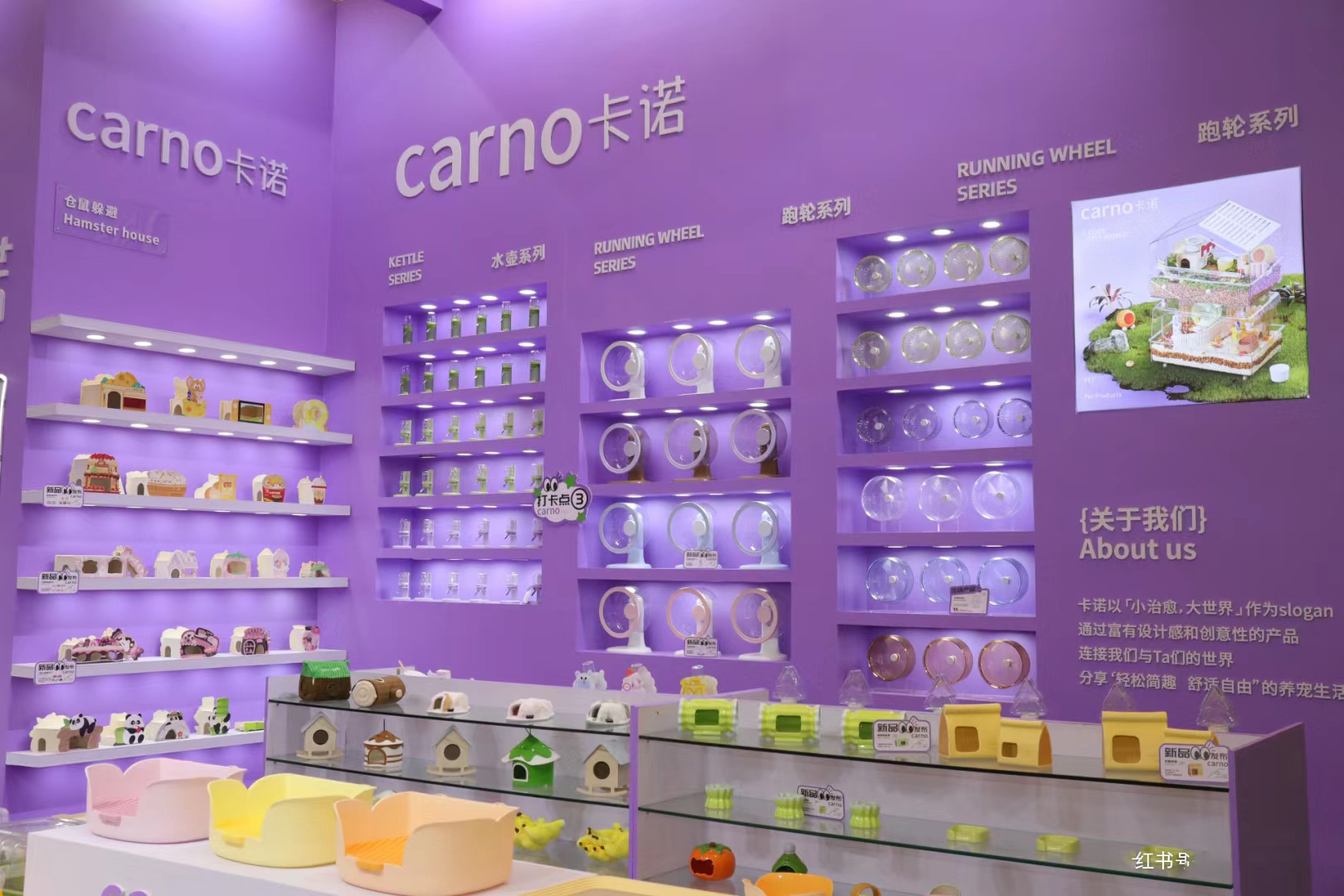Dubai House Design A complete guide to building a Dream home within the UAE
Designing a house in Dubai is a blend of engineering, art as well as a lifestyle strategy. Dubai blends global ambition with deep culture roots and harsh climate conditions which is why the best homes are elegant and practical, glamorous yet grounded. When you’re sketching out your first villa concept or refining finishes in this article
, it will guide you through every major decision–so the home you envision will be stunning and also lives wonderfully.
The reason Dubai’s residential architecture Is Different
Dubai is where the iconic cities meet comforts of everyday life. The design for residential areas is influenced by hospitality (think swimming pools that are resort-style and lush courtyards) and incorporates regional needs like privacy, shade and smart cooling. The result? houses that let natural light in throughout the day, hold large family gatherings at night, and are cool during summer heat that will test your less important details.
Cultural Stones of Emirati Homes
Majlis and Family Zones
Traditional majlis – a formal gathering for guests – is still popular in a number of homes. The current versions range from a stately salon near the entrance to a more flexible lounge with concealed doors. The trick is balancing showpiece design (statement chandeliers, inlaid stone floors) along with acoustic ambiance and quiet technology (hidden speakers as well as motorized shades).
General Space, Privacy Planned Space
Privacy is more than a preference–it’s a planning principle. There are often distinct entrances, lobbies that shield views, and layered borders that divide public and private spaces. Garden walls that are high, screens and landscaping also safeguard spaces for pools and terraces, all while keeping a bright, comfortable ambience.
Climate-Responsive Design Principles
Orientation, Shading, and Cross-Ventilation
The desert climate favours intelligent layout: limit the harsh west sun on important facades, increase roof overhangs and use deep openings. Cross-ventilation, when combined with high-performance glass, helps reduce the burden of cooling and allows you to enjoy shoulder seasons naturally.
Courtyards, Wind Towers & Mashrabiya Screens
Courtyards function as lungs for the structure, providing cool, shaded areas that let air flow through the plan. Reinterpreted wind towers can exhaust hot air, whereas Mashrabiya (perforated) screens block light, boost privacy, and give texture to modern facades. These timeless gadgets are beautiful and functional.
Design Styles Popular in Dubai
Modern Minimalist Villas
Crisp sleek lines and floating slabs, and glass that is frameless define Dubai’s minimalistic style. Expect pale stone, porcelain cladding and metallic accents in dark shades. The palette is simple while the emphasis is on volumes: double-height living areas balcony, cantilevered balconies, and glass-boxed staircases.
Contemporary Arabic Fusion
This is where history meets technology. Think sleek arches, latticed screens, and warm textures–executed with contemporary details and energy-efficient envelopes. The result is a distinct style without the use of pastiche.
Mediterranean & Tropical Resort Aesthetics
If you’re in love with resort living, you’ll see pergolas, water features, and lush vegetation around sparkling pools. Exteriors lean toward stucco and stones; interiors combine timber, travertine, as well as soft linens to create that «on-holiday at home’ vibe.
Layout Essentials for Dubai Villas
Grand Entry Spaces, Double Height Spaces, and Stair Drama
Dubai is a city that loves entrances with presence. A double-height entrance with artistic staircase (open risers or glass balustrades metal screens) creates a lasting impression. Install clerestory windows for skylight and drama that won’t cause heat in the room.
Back-of-House: Dirty Kitchen, Laundry, Driver & Maid Rooms
A separate (dirty) kitchen is used to keep cookware separate from show kitchen. It should also have access to outside to staff, a space for deliveries, as well as an area for laundry that’s ventilated as well as acoustically protected. A dedicated driver’s room and a maid’s room that come with bathrooms are normal and considerate.
Drop-Off, Parking Access to Services Access
Covered parking that incorporates EV charging is quickly becoming the norm. Consider a secured drop-off location and an elegant service gate in order to keep the daily flow running smoothly without disturbing the main entrance.
Materials & Finishes That Thrive In the Desert
Exterior: Stone, Stucco, Porcelain, High-Performance Coatings
Seek out UV-stable finishes or low-maintenance claddings. Porcelain slabs are resistant against staining as well as heat. Natural stone – limestone, travertine basalt–adds gravitas if properly sealed. High-performance elastomeric paints handle expanding and keep facades looking crisp.
Interior: Marble, Large-Format Porcelain, Timber Accents
Large-format tiles can mean less joints and have a cleaner and cooler appearance. Quartz or marble that is engineered works great in kitchens. Timber is warm and inviting. Choose engineered materials with stable cores to tolerate AC cycles. In wet environments, choose epoxy grouts or anti-slip ratings.
Acoustics, Lighting as well as Thermal Comfort
Daylighting Without Heat Gain
Layer glazing with care: low-E triple or double glazing external shading, and recessed windows maintain views without burning the interiors. Light shelves, skylight wells and reflective surfaces reflect soft daylight into rooms.
Acoustic Zoning for peaceful interiors
Stone and tile are able to amplify noise. So add acoustic panels disguised as slatted boards, walls made of fabric, or ceiling cloud-like structures. Choose soft furnishings for living areas and majlis spaces; put noisy areas (gym playsroom, playroom, and homes cinema) off from bedrooms.
Sustainable & Smart Home Upgrades
Renewable Energy and Insulation,, and Water Efficiency
An insulated and well-insulated home reduces AC load substantially. In conjunction with solar PV on flat roofs for hot solar water, and greywater reuse for irrigation. Plant a landscape with native and drought-resistant plants to help reduce the demand for water.
Home Automation, Security & AV
From presence-based cooling to blind control and glass tinting, modern systems in Dubai are all about functionality and comfort. Integrate CCTV and access control and in larger villas, incorporate intercoms and networked WiFi to provide a uniform coverage (indoor and outdoor).
Outdoor Living Done Right
Pools, Pergolas, and outdoor Kitchens
A pool goes beyond a rectangle–consider baja shelves, integrated spas, and even in-pool loungers. Pergolas featuring louvers with an adjustable height provide shade that let in the air. Outdoor kitchens should include a sink, prep counter storage, an integrated grill, as well as a eating area that is cooled by fans, and misting when desired.
Landscape, Irrigation & Microclimates
Plant trees to give shades of shade to the facades or play areas. Use hardscape (porcelain pavers, the textured concrete) with green pockets to reduce the heat. Drip irrigation reduces evaporation; smart controllers respond to weather conditions.
Space Planning By Lifestyle
Entertainers’ Floor Plans
Prioritize flow such as foyer – formal living/majlis an eating space – a terrace pool. A show kitchen with an unintentionally dirty kitchen makes photos of events. Include a coffee or bar station, and a powder room near public areas.
Family-First Homes
Create a living room for the whole family near the kitchen with direct views of the garden. Bedrooms should be spacious with study spaces. Look into a downstairs suite for elders and a kids’ activity loft situated on top.
Work-From-Home Suites
Sound-isolated rooms with built-in storage, natural light and private terraces can boost the productivity. A small meeting nook and a hidden green screen, or wall panel to make video calls.
Regulations, Approvals & Communities (High-Level Overview)
Be sure to check for local authority approvals, community design guidelines and plot cover rules before you fall into a love affair with a plot. Gated communities have facade, height, and border wall standards. Coastal and golf communities may also have views corridor regulations. A seasoned architect or design-build firm can organize drawings, submissions, and inspections. They will also align aesthetics with adherence.
Budgeting, Timelines & Your Team
-
Team : Architect, structural engineering, MEP and structural engineers. designer, landscape architect QS (quantity surveyor), contractor, joinery specialist, pool/AV/security vendors.
-
Kosten-bearing drivers: Plot shape, soil conditions, basement and. slab-on ground, facade difficulty, difficulties with imported construction materials custom joinery, smart systems, or landscaping.
-
Timeline Schematic design – authorization approvals – the design and tenders – construction snagging and handover. Make contingency arrangements for the purchase of specialty products and authority inspections.
Renovations against. New Build in Dubai
Renovations can be more efficient and cost-effective if the structure is sound. Many popular improvements include open-plan living spaces, modern kitchens exterior refreshes using glass cladding made of porcelain, larger windows (with shading) as well as complete landscape and pool revamps. New constructions allow for optimal orientation, structural spans that allow for large windows, as well as optimal back-ofhouse logistics from the start.
Top Design Faults to Avoid
-
Not paying attention to sun angles–leading to overheated areas and ballooning AC cost.
-
It is not clear enough about insulation and glazing–comfort is affected and glass fogs.
-
Inadvertently removing privacy layers–gardens and pools are left exposed.
-
Inconsistent storage and service areas–beautiful spaces can become cluttered.
-
The complexity of smart technology–choose secure systems that are reliable and have local support.
-
Flat landscape–missed chance to create shade pockets, and also to provide visual depth.
-
Acoustic strategy not implemented–hard finishes and high volumes create echo chambers.
Conclusion
Dubai house design works when it combines climate-related intelligence with knowledge of culture and everyday comfort. Start with privacy and orientation as well as the right shades and materials after which you can add design of outdoor living, interiors and intelligent technology. No matter if you’re a minimalist, Arabic-contemporary, or resort-chic, the winning formula is the identical: a design that flows in a way, a structure that can perform as well, and details that can make your life more enjoyable.
FAQs
1.) What size villa works best for a family of four people in Dubai?
It’s based on your lifestyle as well as the needs of the family. However, 4-5 bedrooms with an office, lounge and a messy kitchen generally has 350-550 square metres of living space. This includes outdoor living.
2) Which of the facade materials are the most durable materials in the desert?
Porcelain cladding, sealed natural stone aluminum/UPVC systems, as well as high-performance coatings. All resist heat, UV and dust, requiring only minimal maintenance.
3) Do I have the ability to get strong light without burning out?
Yes–use low-E window glass, deep overhangs such as recessed windows and screens and light-redirecting devices (light shelves or skylight wells). Use good insulation.
4) Does a courtyard merit its space?
Absolutely. It increases cross-ventilation, provides an airy heart for the residence, and offers an outdoor space which can be utilized all year-round by shading and plants.
5.) Do I need a smart home from the beginning?
Plan the wiring and network backbone while designing. The features can be phased-in–beginning using AC as well as shading. then include security, AV, or lighting scenes as required.

